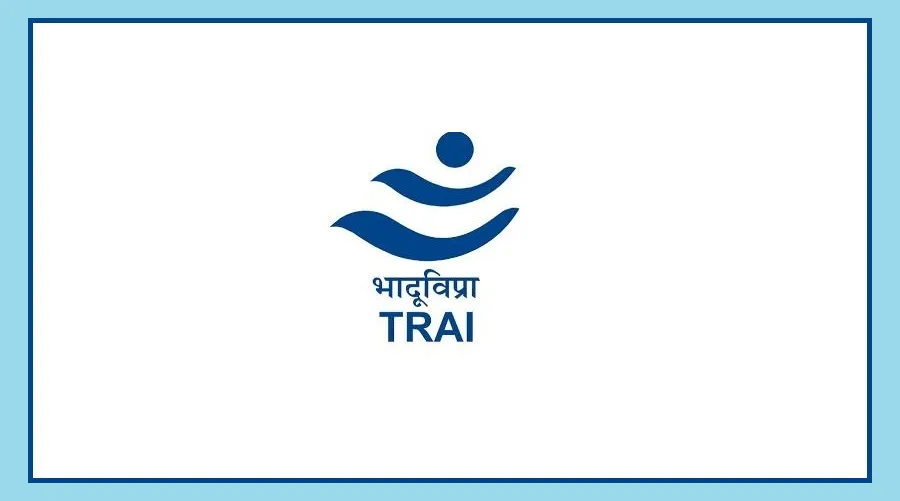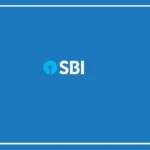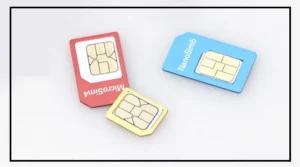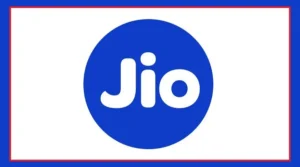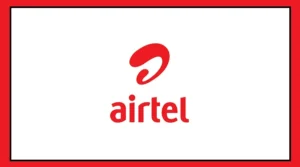The Telecom Regulatory Authority of India (TRAI) has announced a major step to strengthen security in financial communications.
It has directed banks, NBFCs, mutual funds, and other financial institutions to adopt a dedicated ‘1600’ numbering series.
The move aims to reduce frauds where scammers impersonate financial institutions through voice calls, and to help citizens easily identify legitimate service calls from regulated entities.
Who Needs to Adopt the ‘1600’ Series and Deadlines
The Department of Telecommunications (DoT) will assign the 1600 series exclusively for the banking, financial services, insurance (BFSI) sector, and some government organizations.
TRAI has set clear timelines for adoption:
Commercial banks (public, private, foreign): By January 1, 2026
Mutual funds & AMCs: By February 15, 2026
Qualified stockbrokers (QSBs): By March 15, 2026
RBI-regulated entities: Large NBFCs, payment banks, and small finance banks by February 1, 2026; remaining NBFCs, co-operative banks, and regional rural banks by March 1, 2026
Central Recordkeeping Agencies & Pension Fund Managers: By February 15, 2026
Other SEBI-registered intermediaries: Voluntary transition after verification
TRAI is still consulting with IRDAI for insurance sector timelines.
Current Adoption and Impact
So far, about 485 entities have already adopted the 1600 series, subscribing to over 2,800 numbers.
The phased rollout is being coordinated with BFSI regulators via the Joint Committee of Regulators (JCoR) to ensure a smooth transition.
Once fully implemented, the 1600 series will help citizens easily identify legitimate calls, reduce impersonation fraud, and improve trust in financial communications.
In other words, in a sea of unknown numbers, calls from 1600 will act as a trusted lighthouse guiding people safely.


